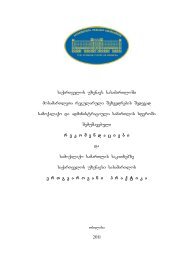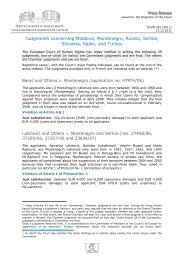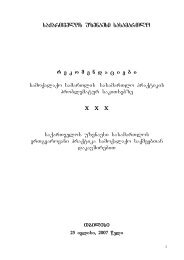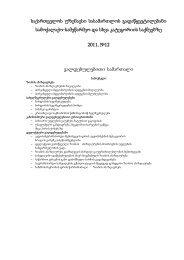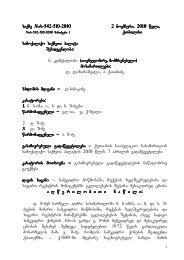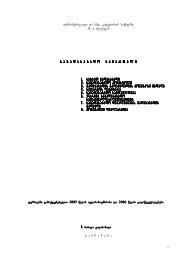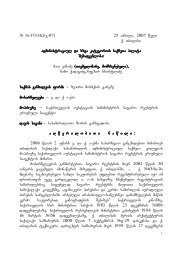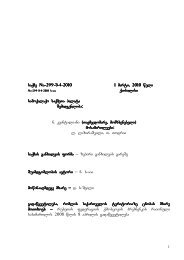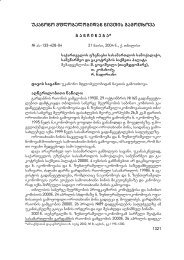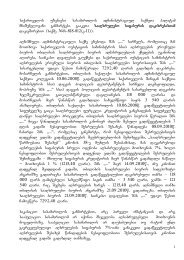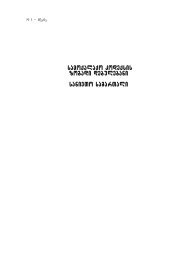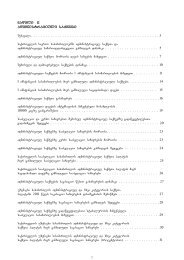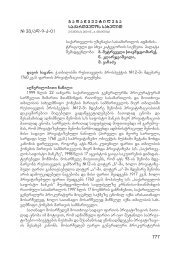marTlmsajuleba kanoni
marTlmsajuleba kanoni
marTlmsajuleba kanoni
Create successful ePaper yourself
Turn your PDF publications into a flip-book with our unique Google optimized e-Paper software.
<strong>marTlmsajuleba</strong><br />
N4<br />
da<br />
<strong>kanoni</strong><br />
Organization of Court<br />
Structures and<br />
Effectiveness of Justice<br />
Administration<br />
in the Civil Cases<br />
IRMA MEREBASHVIL<br />
Doctor of Law, Assistant Professor Scholl of Law, Caucasus University<br />
The court systems in many countries worldwide are numerous and consist<br />
of many levels. In most of the countries the multiplicity of court systems is<br />
reflected in existence of courts of common and special jurisdictions. The<br />
scope of common courts is wide and they are authorized to hear all such<br />
cases which are not explicitly assigned to the competencies of other bodies.<br />
The competences of special courts to administer justice are determined by<br />
normative acts where specific cases are explicitly set out. As for the multilevel<br />
court system it can be found both in the common and special court<br />
systems and it envisages existence of several instances of courts within<br />
these court systems. There are first, intermediate and supreme courts.<br />
The grounds of admissibility of civil cases in the appellate and supreme<br />
courts are important as in case a party fails to reach a desirable result in<br />
the first instance court, this party has an opportunity to fill in this gap by<br />
appealing the judgment in higher instance courts. The opportunity to appeal<br />
reinforces the responsibility of the first instance courts when they deliver<br />
judgments since both factual and legal aspects of the judgments are subject<br />
to scrutiny by the appellate court. As for the court of cassation, the main<br />
objective of it is to examine the legal aspect of the case, i.e. whether the<br />
legal norm has been correctly applied and how correctly the content of<br />
the norm has been understood by the court which applied it (See 1 ).<br />
106



